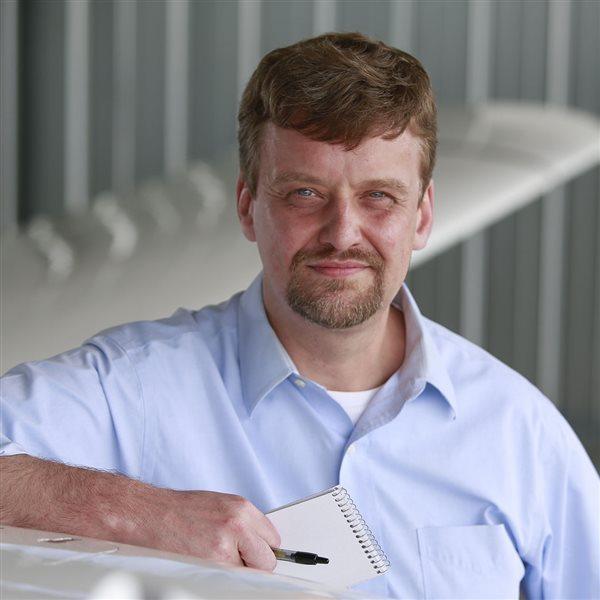Electric airplanes race toward market
ZeroAvia and Eviation both aim for certification by 2024
Two startups seeking to electrify aviation announced new developments, one reporting the acquisition of two 19-seat aircraft for electrification, and the other unveiling a new aircraft design.
ZeroAvia and Eviation Aircraft Inc. both projected in recent announcements that 2024 will be the year their electric aircraft enter service. Each is blending proven technologies with innovation in hope that will speed the certification process. For ZeroAvia, that means using a hydrogen fuel cell to store energy and overcome the limits of batteries. Eviation, on the other hand, is using current state-of-the-art batteries to power electric motors in a clean-sheet aircraft optimized for electric propulsion.
ZeroAvia in recent years successfully converted a Piper M-Class single-engine six-seater to run on hydrogen, all along with stated intention to scale up to larger aircraft, ultimately with more than 50 seats.
Eviation Aircraft, founded in Israel, has taken up residence in Arlington, Washington, not far from electric aviation pioneer magniX, and that does not appear to be coincidental. Roei Ganzarski, the CEO of magniX, also serves as executive chairman of Eviation. The aspiring airframer described its new Alice prototype as a “nine-passenger, two-crew member aircraft” with a maximum payload of 2,500 pounds. These and other specifications announced, including a 220-knot maximum cruise speed and 440-nautical-mile range, remain subject to change, the company noted.
Alice will be powered by a pair of maxni650 electric motors, controlled by a fly-by-wire system designed by Honeywell, and draw energy from a single-volume battery made with currently available cells that “is not reliant on future advancements,” the company noted in its announcement. “These proven technologies and design elements make it easy and reliable for pilots to seamlessly transition to flying the Alice and will create a superior passenger flying experience, accelerating the aircraft's path to market.”




